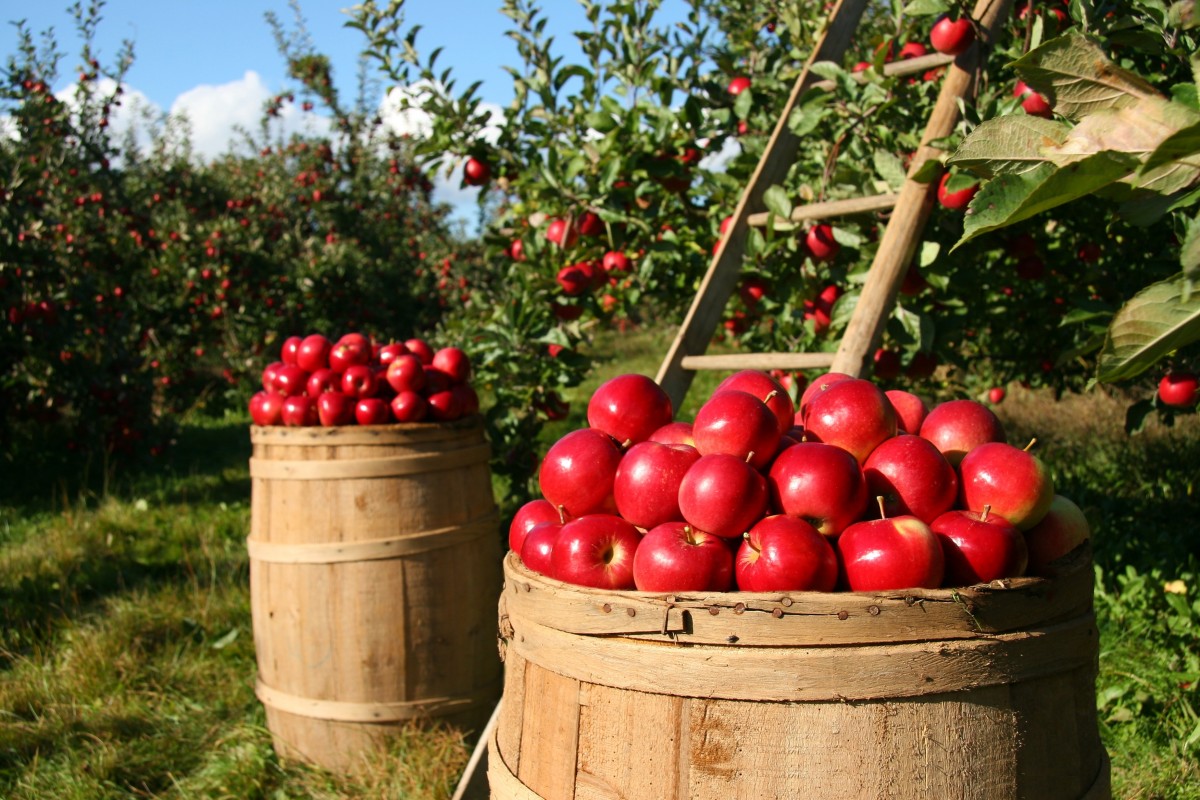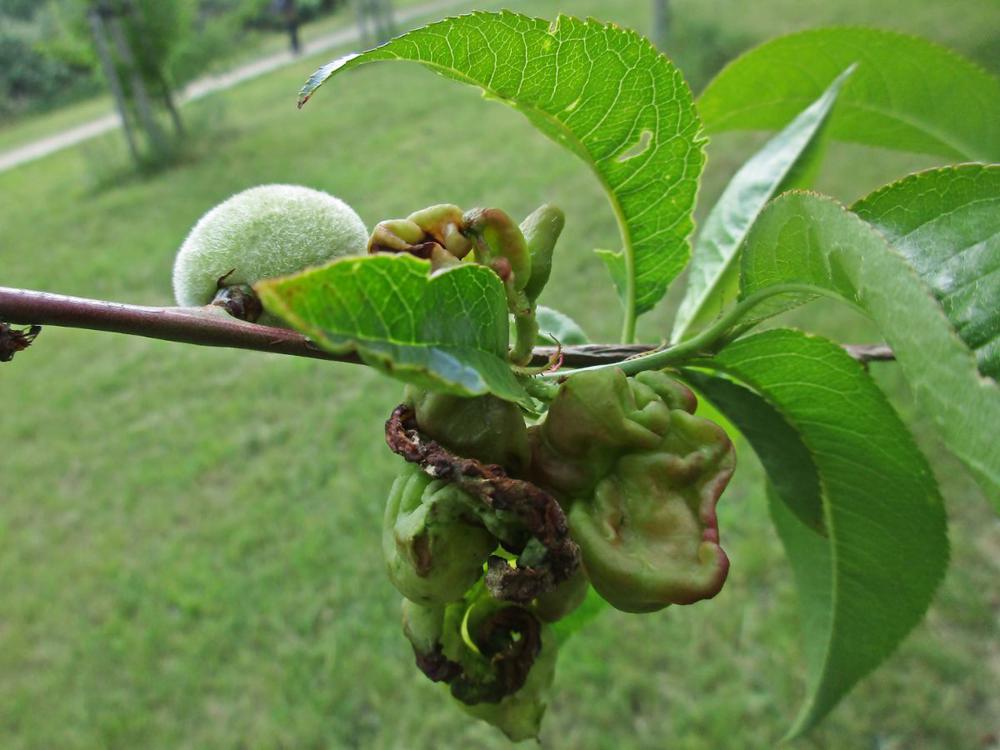Fruit trees, with their blossoming branches and seasonal abundance, are a cherished asset to any garden. Yet, their flourishing beauty can be threatened by a silent menace – pests that lurk in the shadows, ready to compromise the health of your beloved trees. Understanding when and how pests strike is the key to fortifying your orchard against these invaders and ensuring a thriving harvest.
Navigating the Orchard’s Seasons
As the seasons unfold, so do the vulnerabilities of your fruit trees. In spring, the emergence of new growth attracts aphids, delicate yet destructive creatures that can distort leaves and stunt the tree’s development. With the arrival of summer, fruit flies become a prevalent threat, seeking out ripening fruit to lay their eggs and initiating a cycle of potential damage. As fall approaches, the stealthy codling moths make their move, tunneling into fruit and leaving behind telltale signs of their presence. Even in the seemingly dormant winter, spider mites find a haven, thriving in dry conditions and waiting for the perfect moment to launch their assault.
The Symphony of Prevention and Treatment
To orchestrate the perfect defense, integrated pest management (IPM) strategies come into play. Beneficial insects like ladybugs and lacewings become your garden’s vigilant guardians, helping to control aphid populations naturally. Traps and baits, armed with pheromones, become the frontline defense against fruit flies and codling moths. The organic arsenal includes neem oil and horticultural soap, gentle yet effective solutions to deter and control a variety of pests. Pruning and sanitation become acts of precision, removing infested fruit and branches to halt the invaders’ progress.
As you embark on the journey of safeguarding your orchard, regular inspections become a ritual of care. Adequate watering, proper spacing, and strategic mulching all contribute to creating an environment that is less hospitable to pests. The art of prevention becomes as important as the science of treatment, and through this delicate balance, your fruit trees thrive, producing not just fruits but a testament to the resilience and vibrancy of a well-tended garden.
Identifying Common Pests
Aphids:
Small, sap-sucking insects that cluster on new growth, causing distorted leaves and stunted shoots.
Fruit Flies:
These pests lay their eggs in ripening fruit, leading to larvae infestation and fruit damage.
Codling Moths:
The larvae of these moths tunnel into fruit, leaving behind brown, sunken areas.
Spider Mites:
Tiny arachnids that suck sap from leaves, causing stippling, discoloration, and webbing.
Signs of Pest Infestation
Distorted Growth:
Misshapen leaves, stunted shoots, or abnormal fruit development may indicate aphid infestation.
Damaged Fruit:
Bite marks, small tunnels, or premature fruit drop can signal the presence of fruit flies or codling moths.
Webbing and Discoloration:
Spider mites often leave fine webbing on the undersides of leaves, accompanied by a yellowish or bronzed discoloration.
Seasonal Vulnerabilities
Spring:
Watch for aphids as new growth emerges. Early intervention prevents rapid population growth.
Summer:
Fruit fly activity peaks in summer. Monitor fruit and set traps to prevent infestations.
Fall:
Codling moths become active in late summer and fall. Check for larvae entry points and treat accordingly.
Year-Round:
Spider mites thrive in dry conditions. Regularly inspect leaves for signs of infestation.
Integrated Pest Management (IPM) Strategies

Beneficial Insects:
Encourage natural predators like ladybugs and lacewings to control aphid populations.
Traps and Baits:
Use pheromone traps for fruit flies and codling moths. Sticky traps can help monitor and control spider mites.
Neem Oil and Horticultural Soap:
Apply neem oil or horticultural soap to deter and control a variety of pests. These organic solutions are safe for fruit trees.
Pruning and Sanitation:
Remove infested fruit and prune affected branches to reduce pest habitat and prevent the spread of infestations.
Preventive Measures for Healthy Fruit Trees
Regular Inspections:
Conduct routine checks for signs of pests, especially during vulnerable seasons.
Appropriate Watering:
Maintain consistent watering to prevent water stress, which can make trees more susceptible to pests.
Adequate Spacing:
Plant fruit trees with proper spacing to ensure good air circulation, reducing the risk of mite infestations.
Mulching:
Apply mulch around the base of trees to conserve moisture and create a barrier against crawling pests.
Vigilance for Healthy Harvests
In conclusion, recognizing the signs of pest attacks on fruit trees is the first step towards maintaining a healthy and fruitful garden. By understanding the vulnerabilities of different pests and implementing integrated pest management strategies, you can protect your fruit trees and ensure a bountiful harvest. Regular inspections, preventive measures, and prompt treatment are the keys to cultivating thriving fruit trees that yield delicious rewards year after year.
